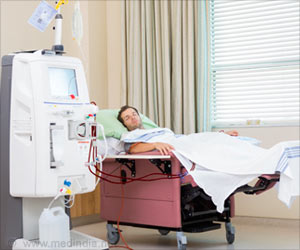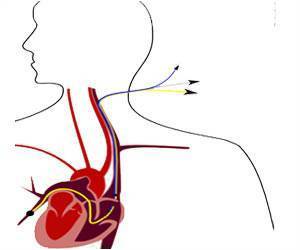
‘Catheters bring the risk of infection, and non-infection risks such as pain, trauma, or bleeding. Hence proper communication between patients and their physicians about the complications may help reduce the risk.’
Read More..Tweet it Now
Milisa Manojlovich, a professor at the U-M School of Nursing, says the bigger picture underscores a more disturbing problem: Even routine patient care such as catheter use can cause serious problems for patients if communication breaks down among health care workers.Read More..
"Even those mundane, simple things can have unintended consequences way beyond their scope," she said. "People get catheters all the time, but meanwhile they cause lots of harm, so we need to talk about them. This study found a whole host of factors that affected the ability to discuss this issue."
Manojlovich and colleagues interviewed a small group of nurses, physician assistants, nurse practitioners, and physicians about problems monitoring and communicating among their teams about patients' indwelling catheters.
All respondents said poor communication delayed removal of unnecessary catheters. Communication broke down for various reasons and on many levels: poor relationships between doctors and nurses, hierarchical differences or misalignment of workflows that prevented nurses from being present for daily rounds (when surgeons and health care teams review patient care plans).
Catheters are hidden beneath blankets, so physicians don't automatically know who's using one especially if a nurse isn't there to point it out.
Advertisement
"Any foreign object in the body carries an infection risk, and a catheter can serve as a superhighway for bacteria to enter the bloodstream or body," Manojlovich said. Electronic health records also cause confusion sometimes nurses and doctors have different information, or there are a lag updating charts, or reliance on both paper and computer records causes problems, she says.
Advertisement
Source-Eurekalert









